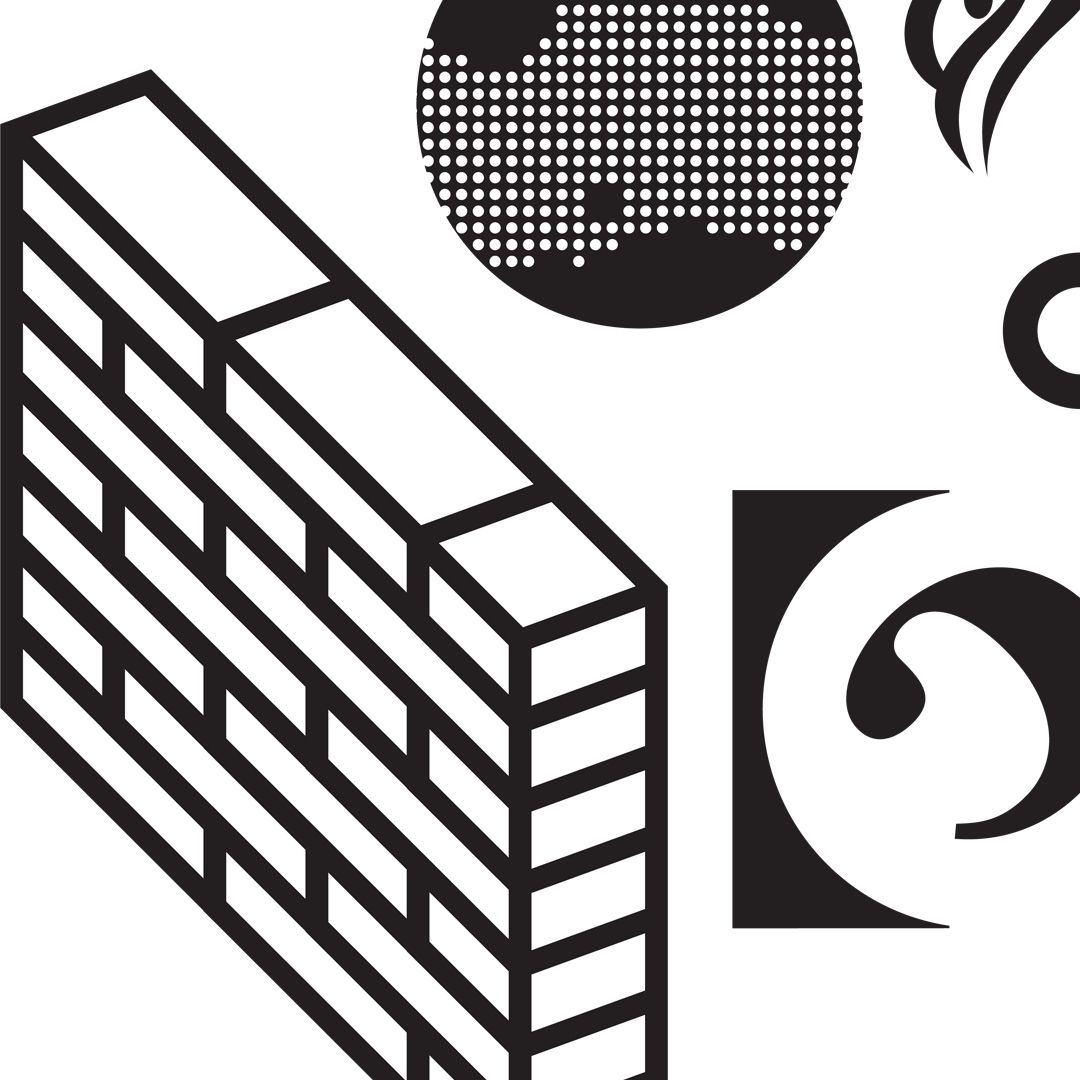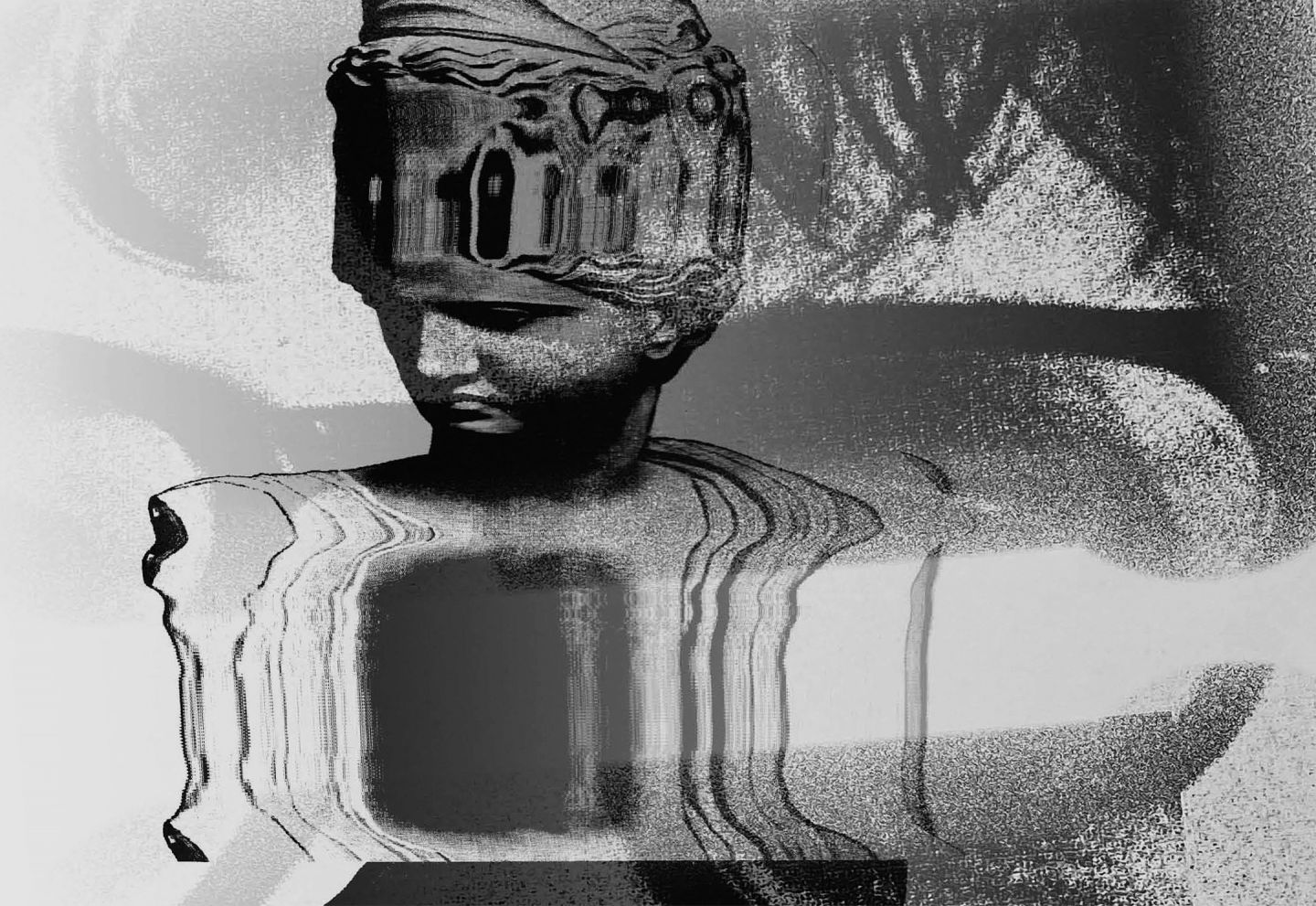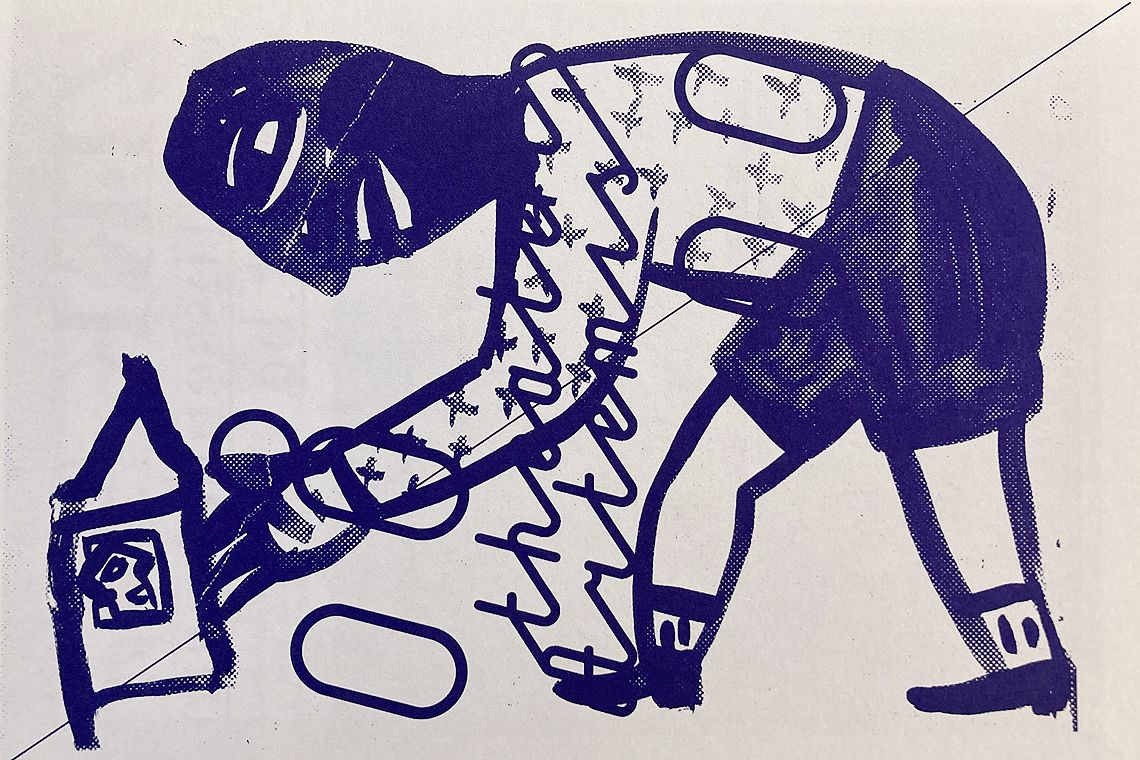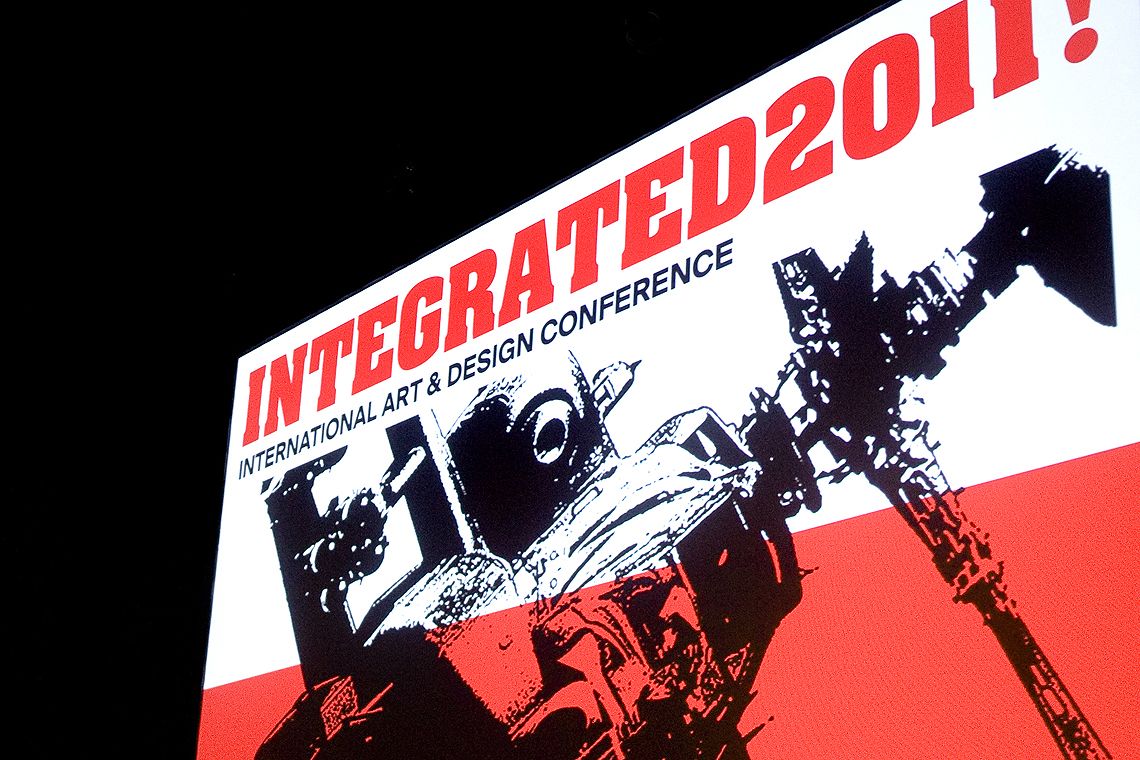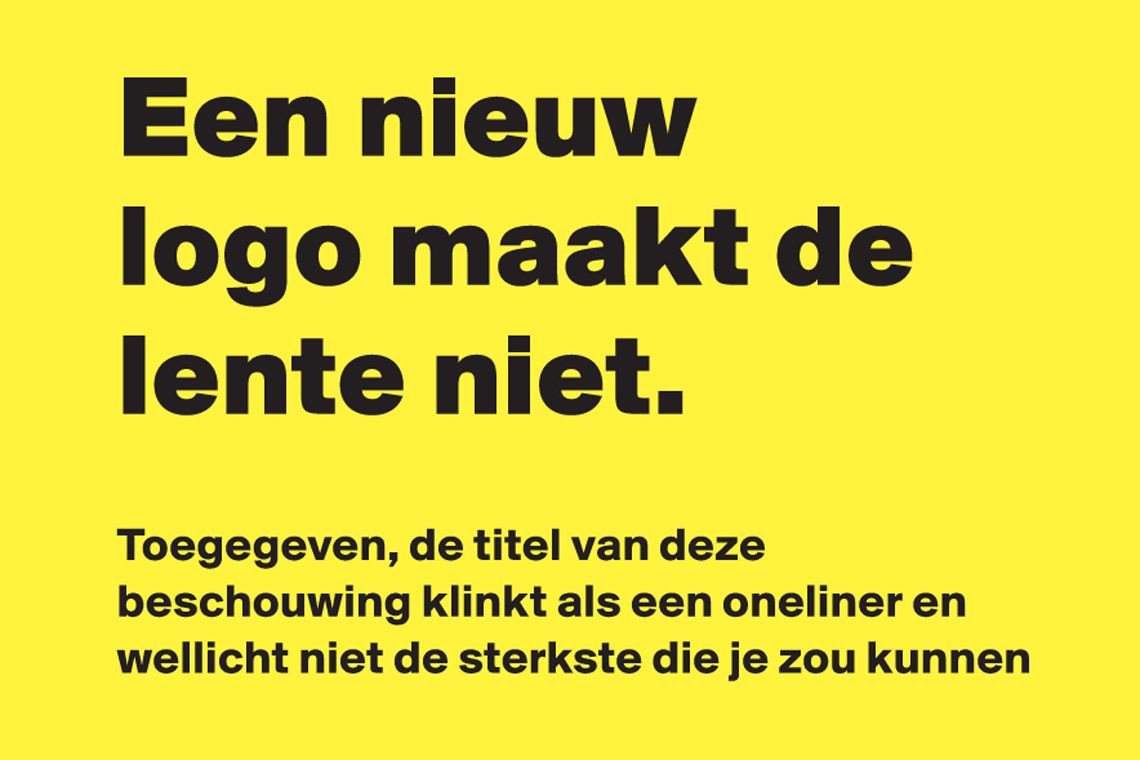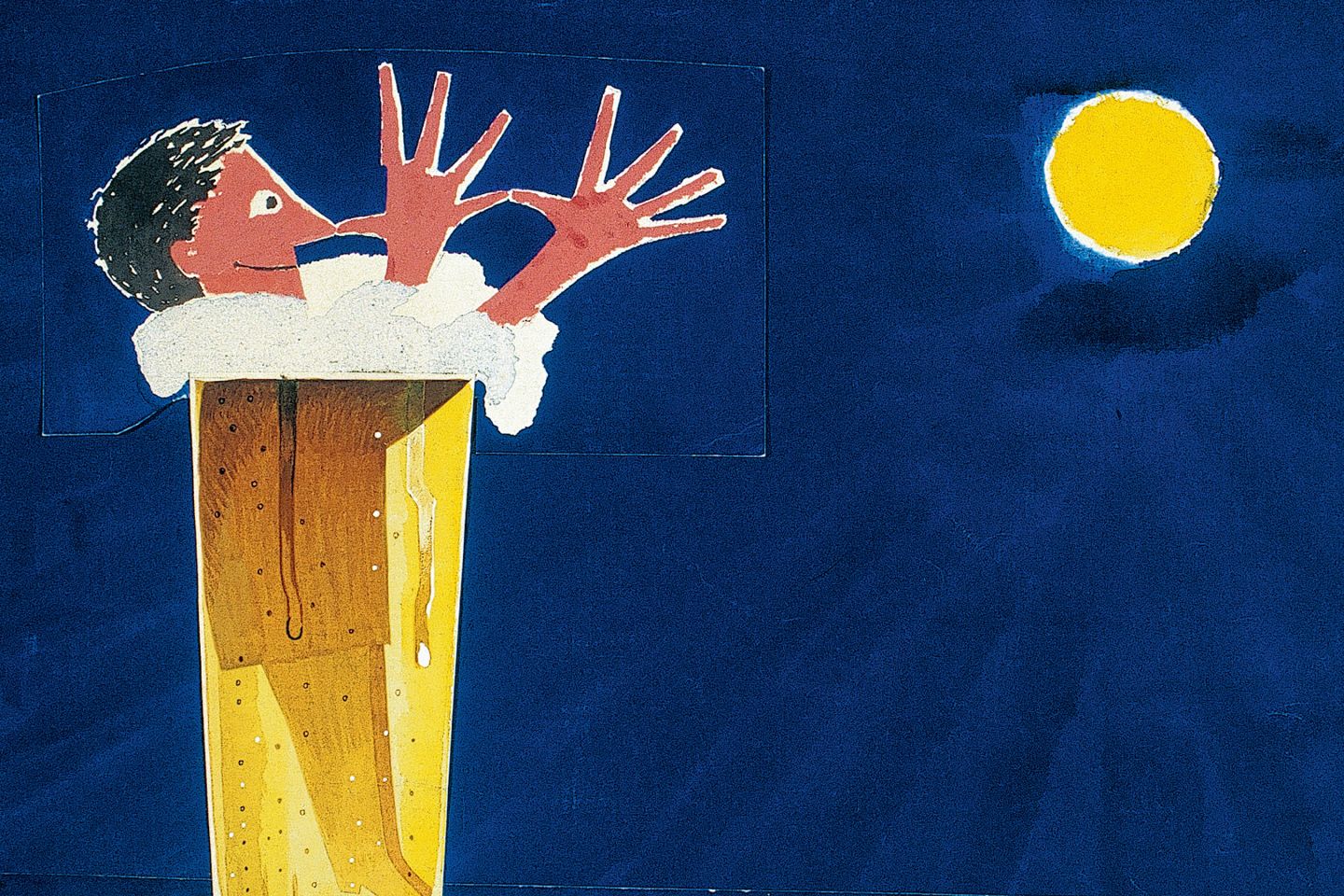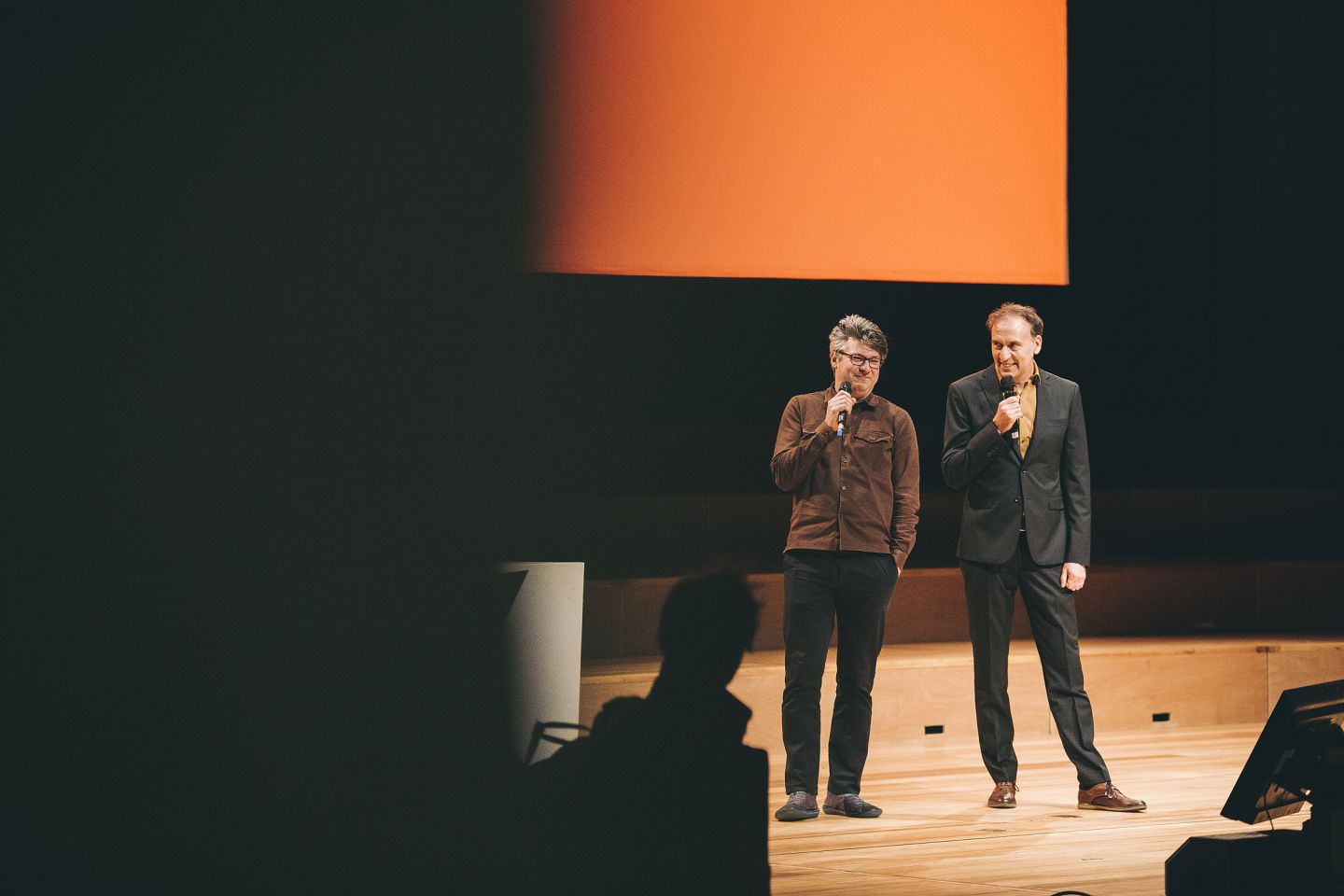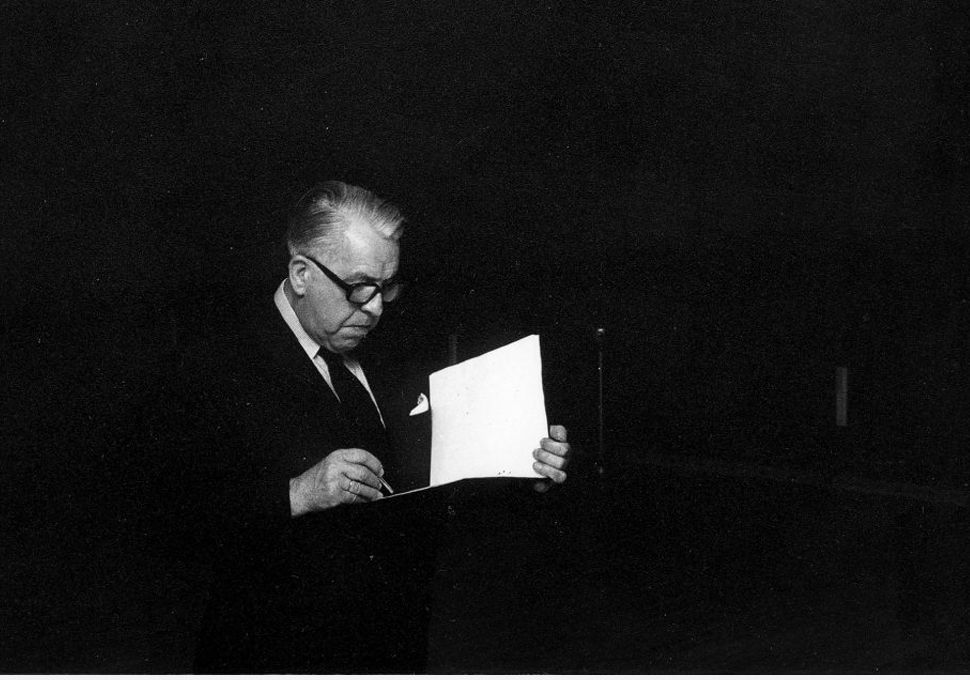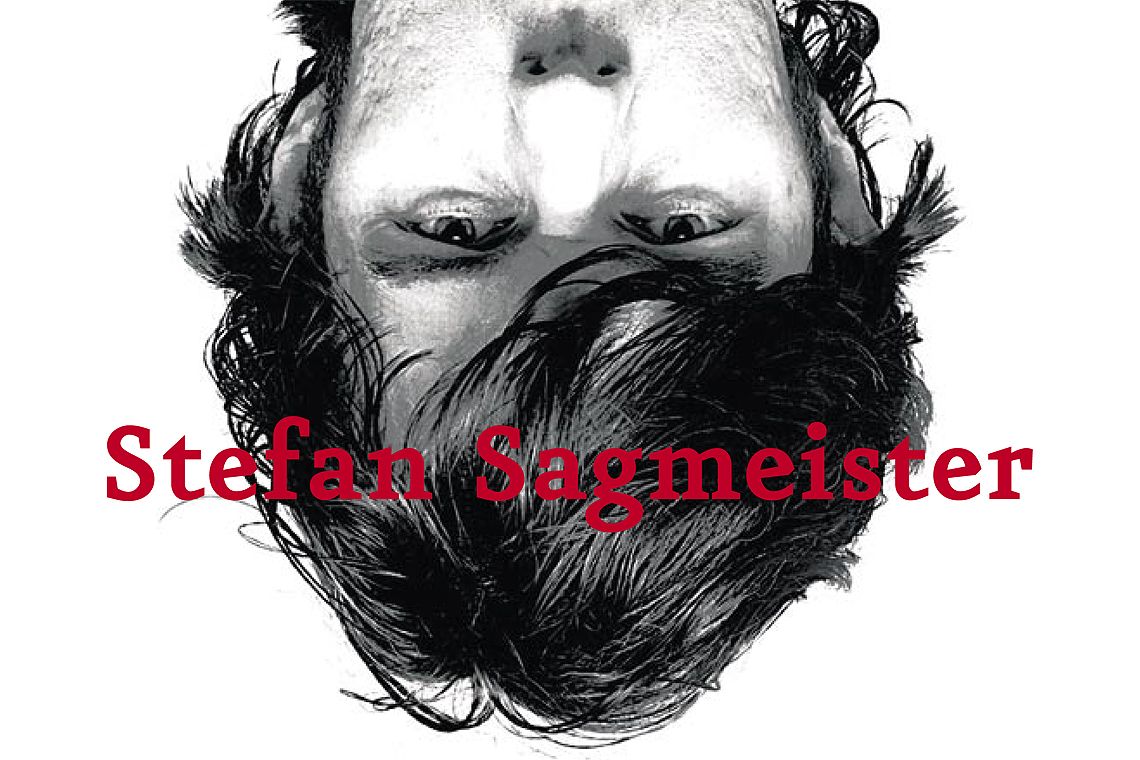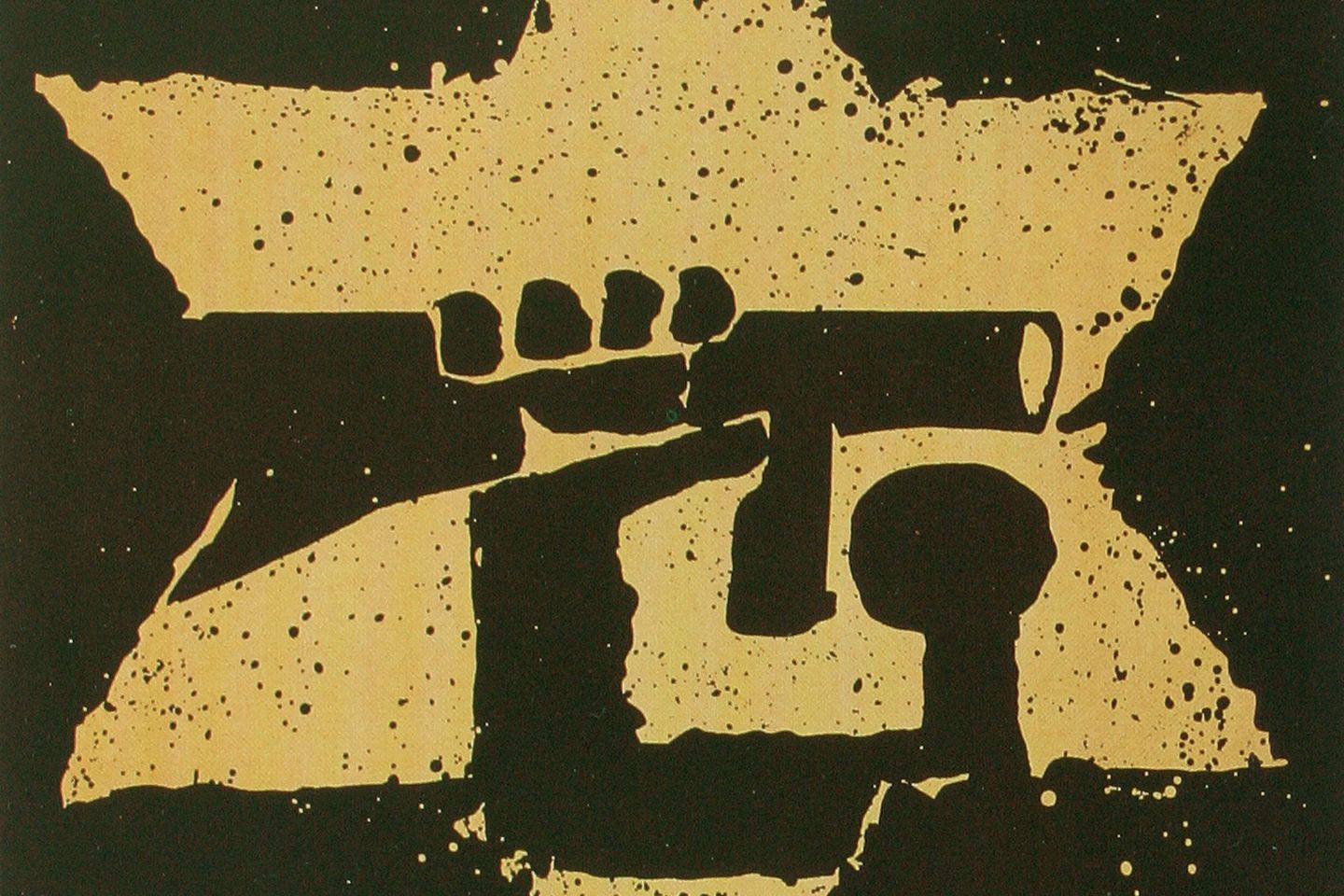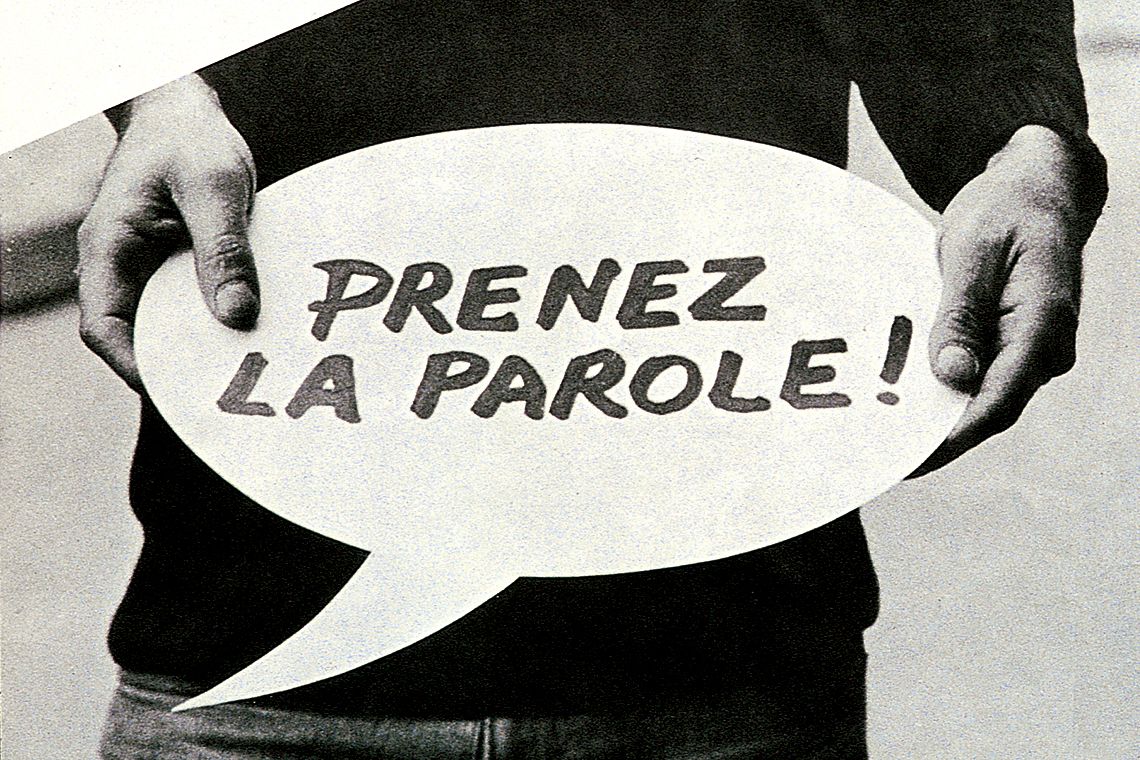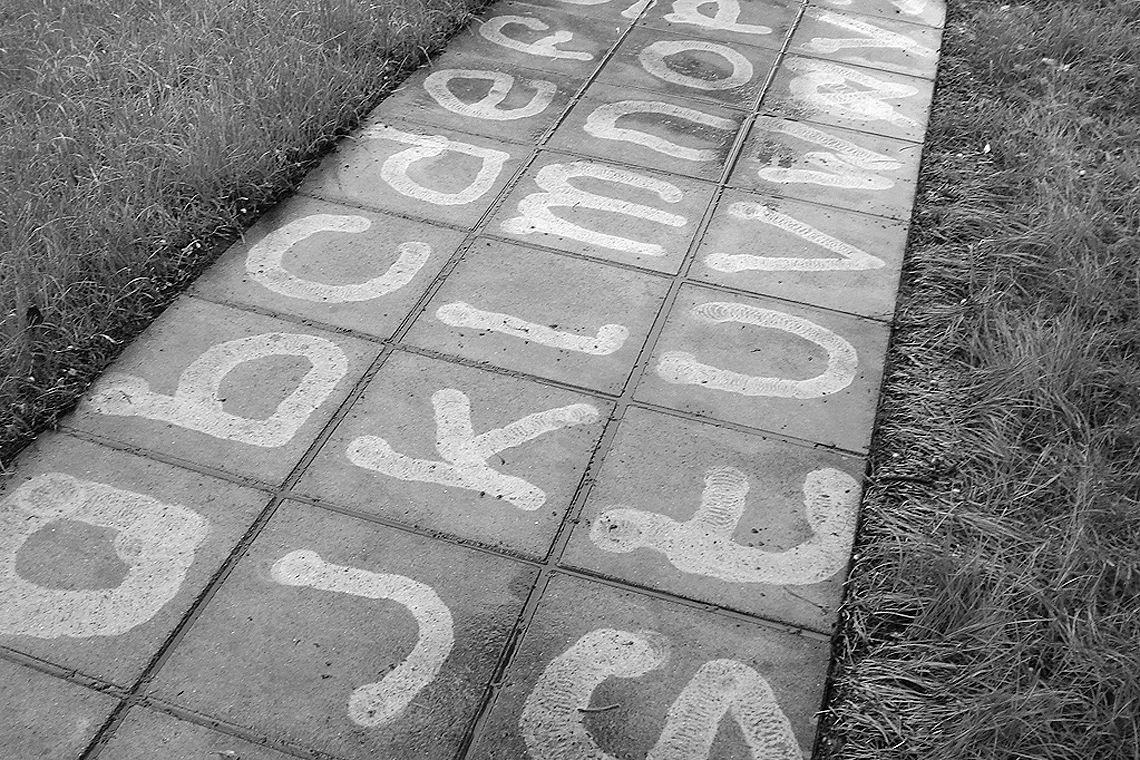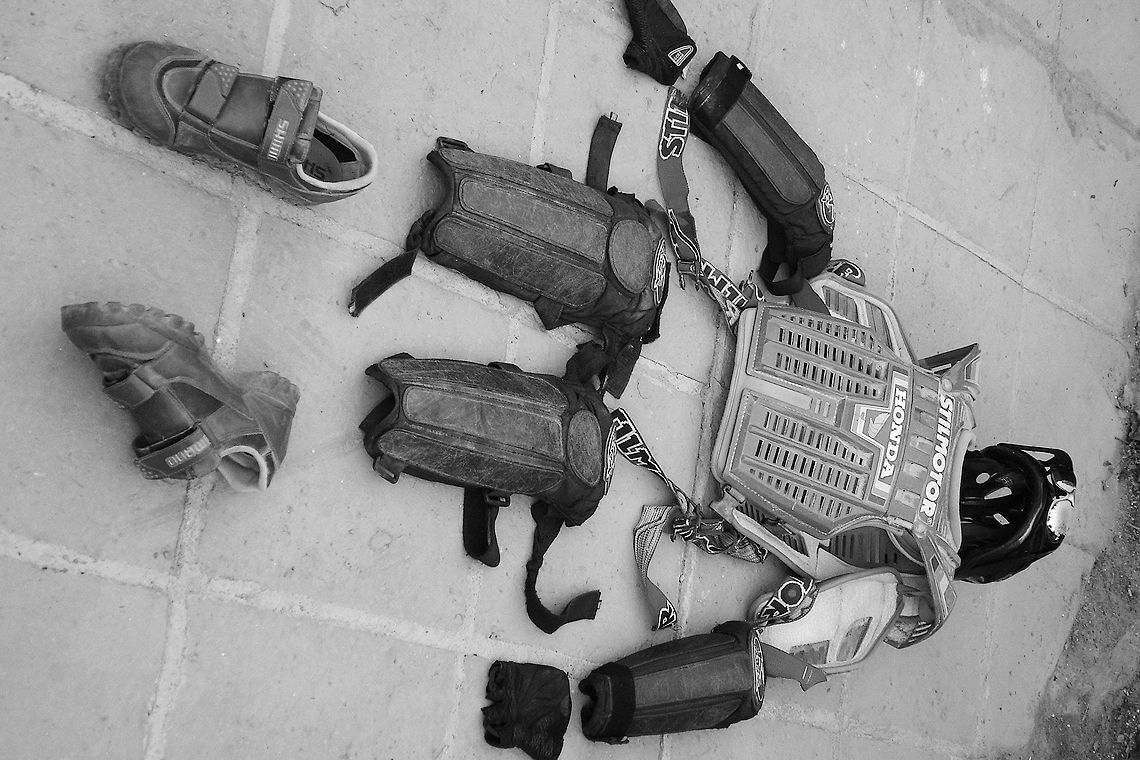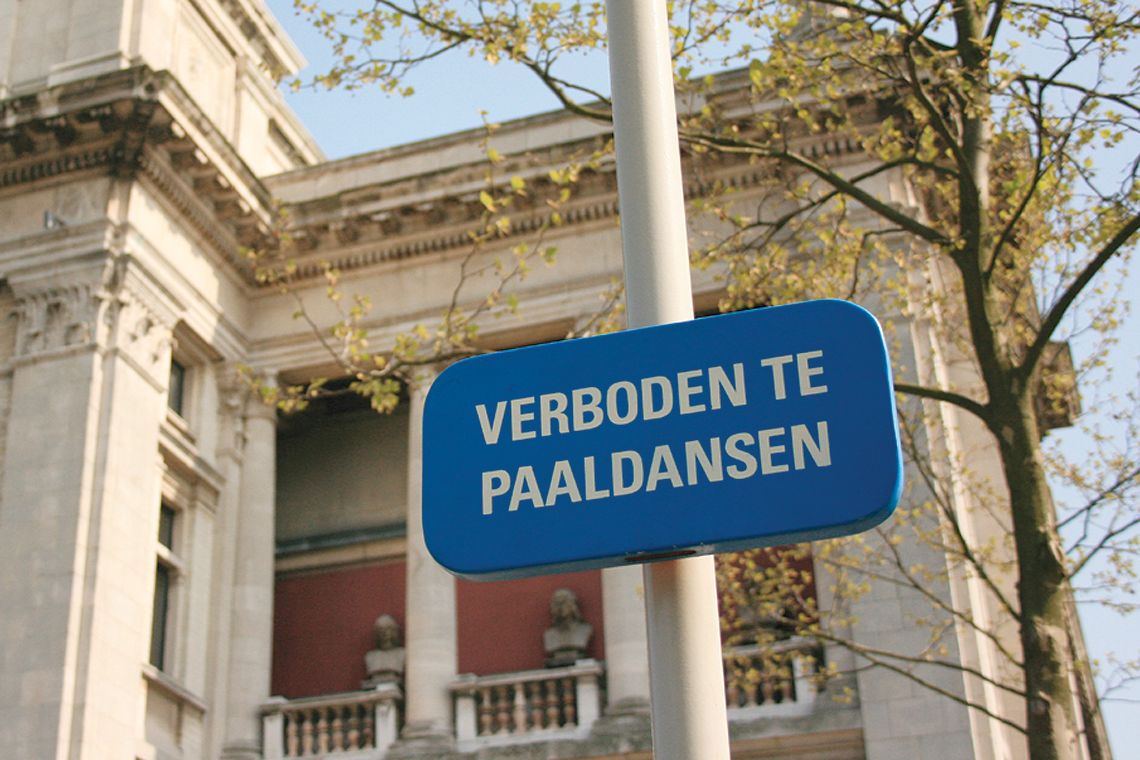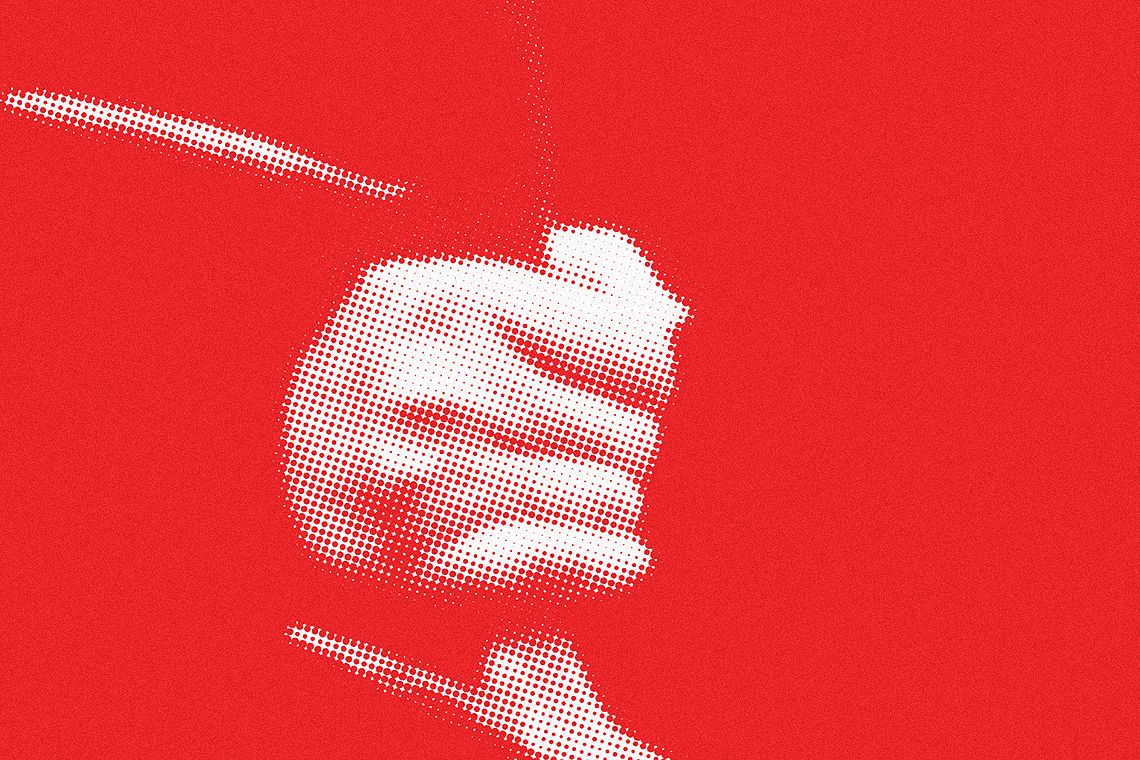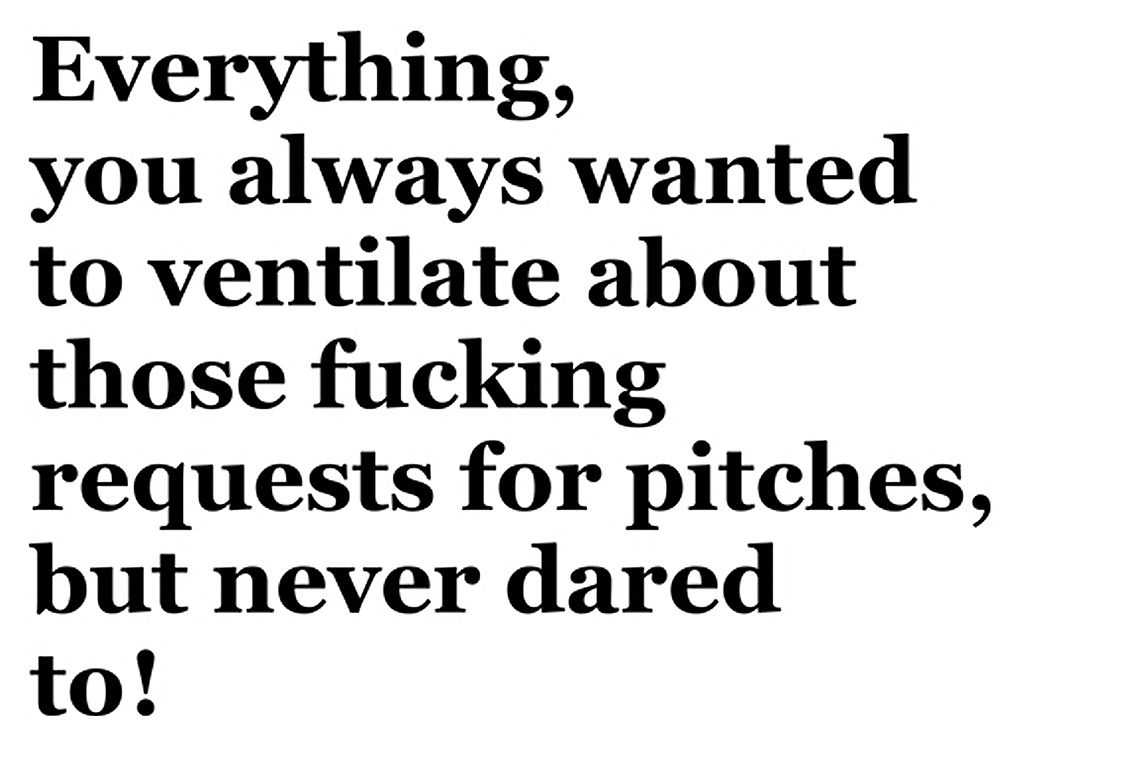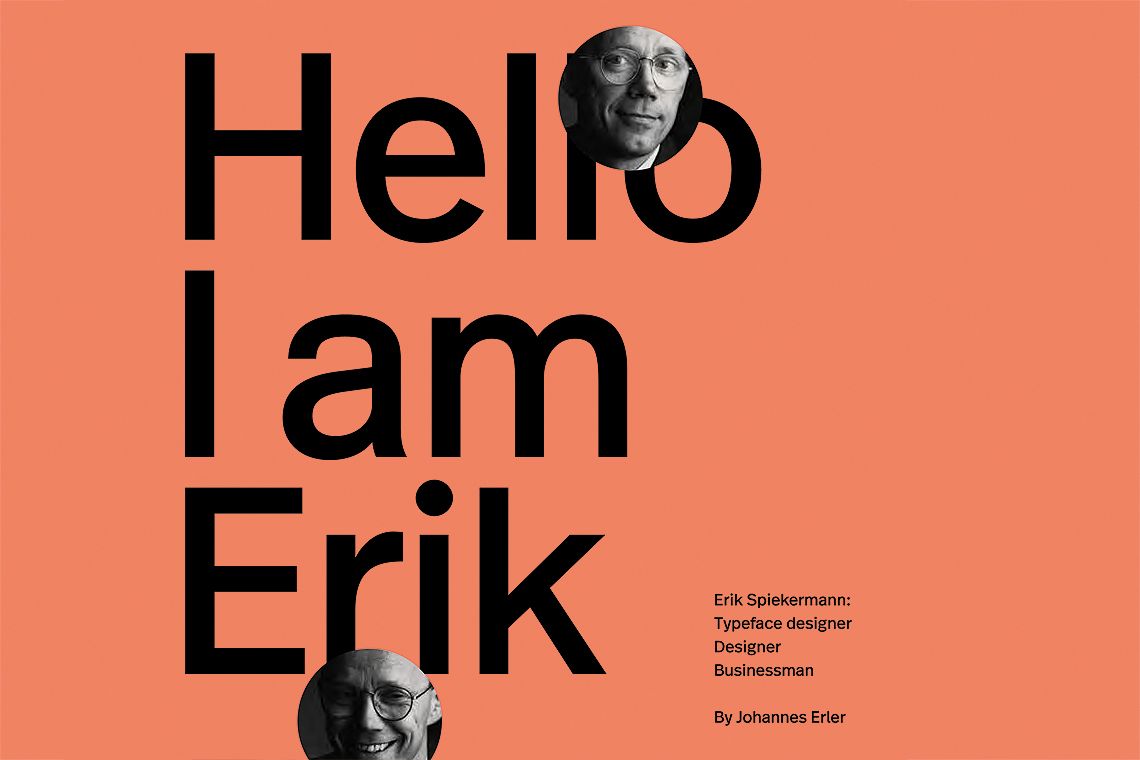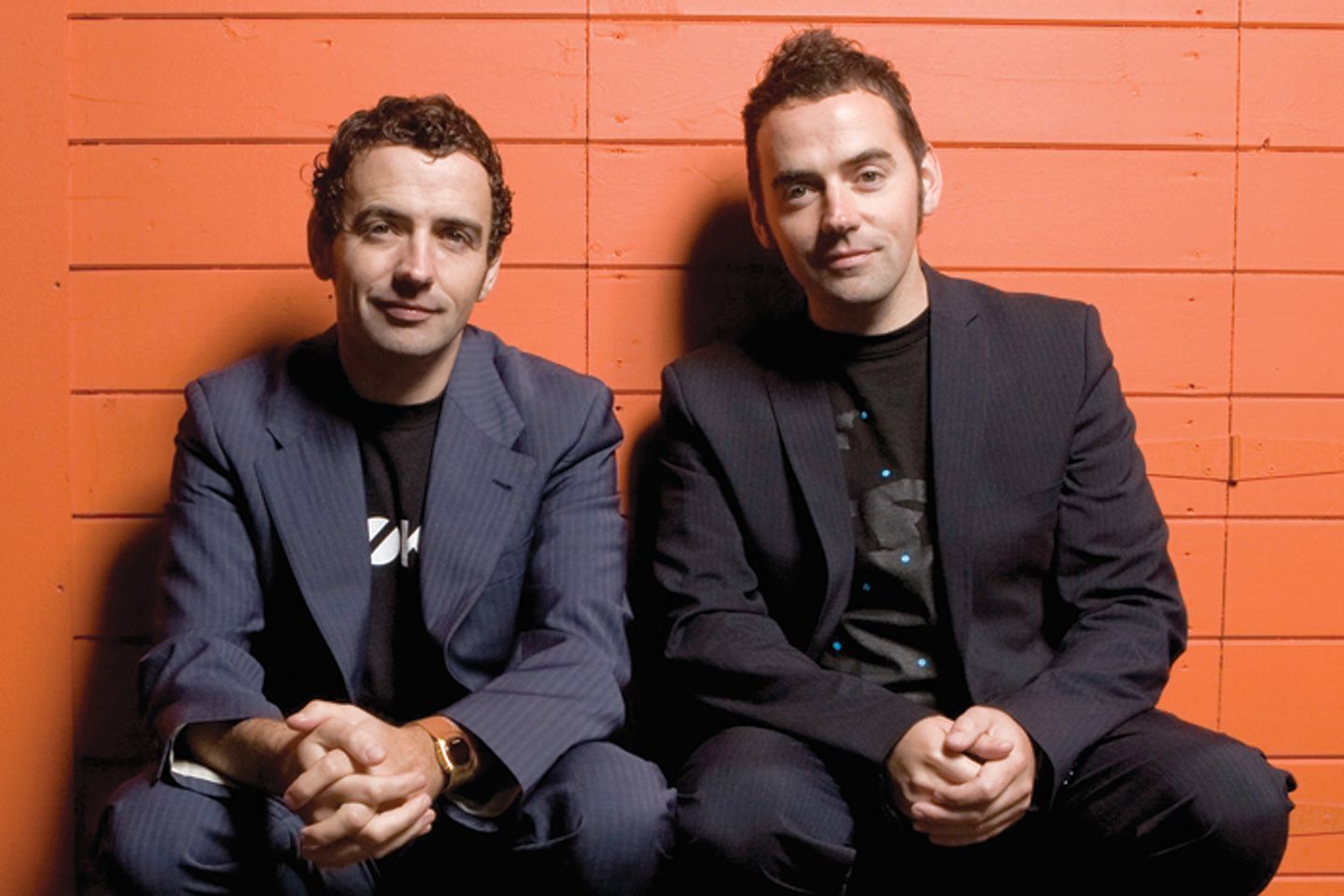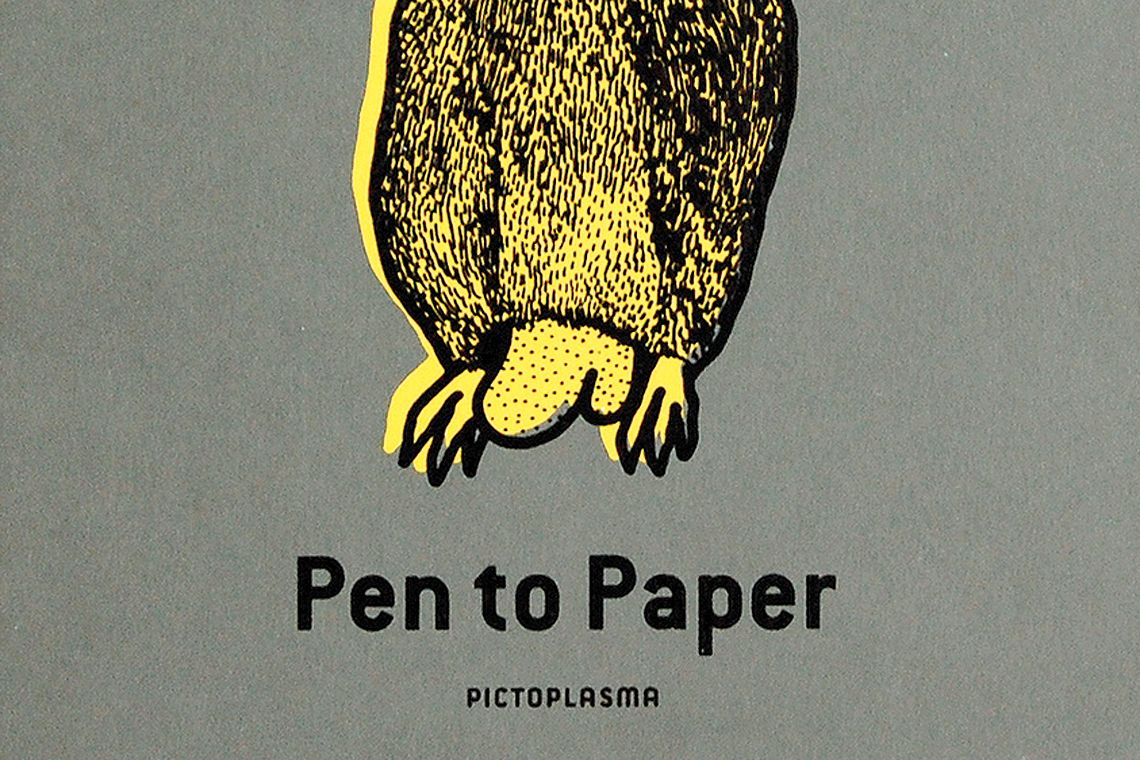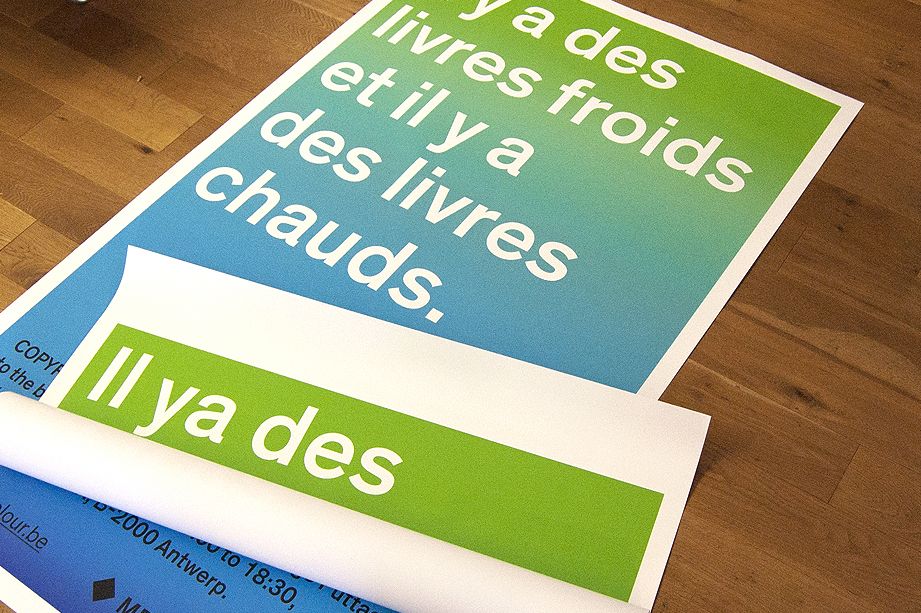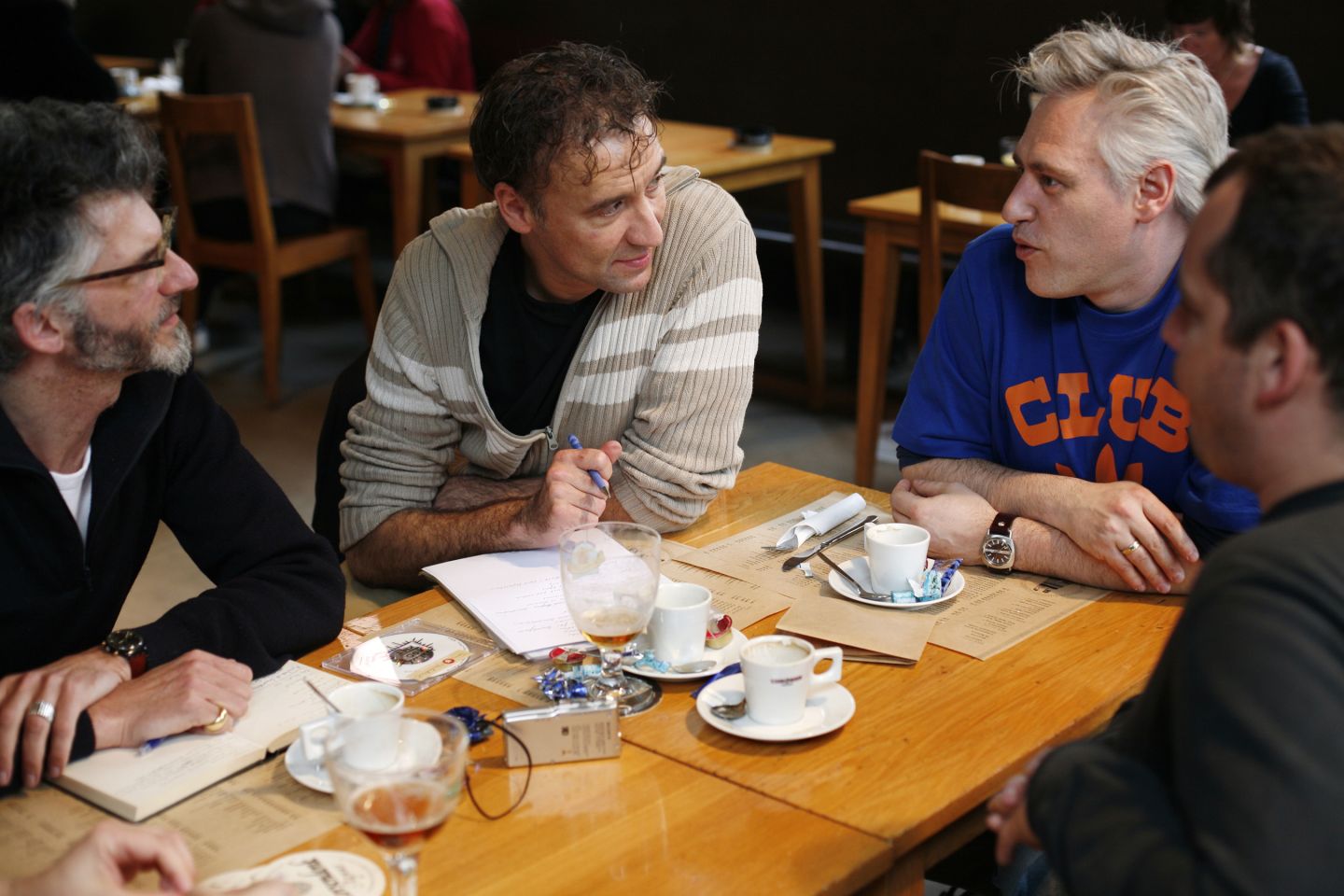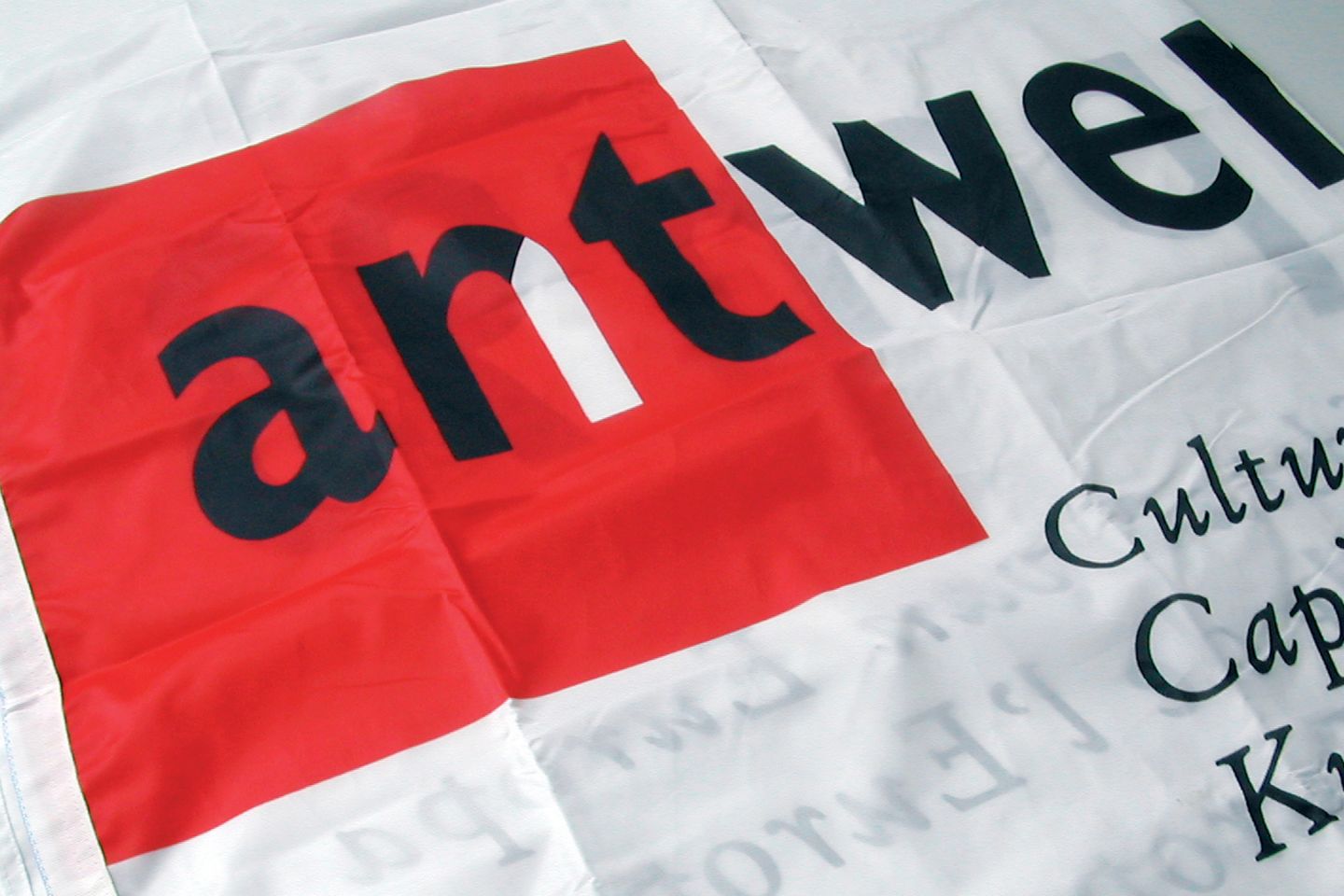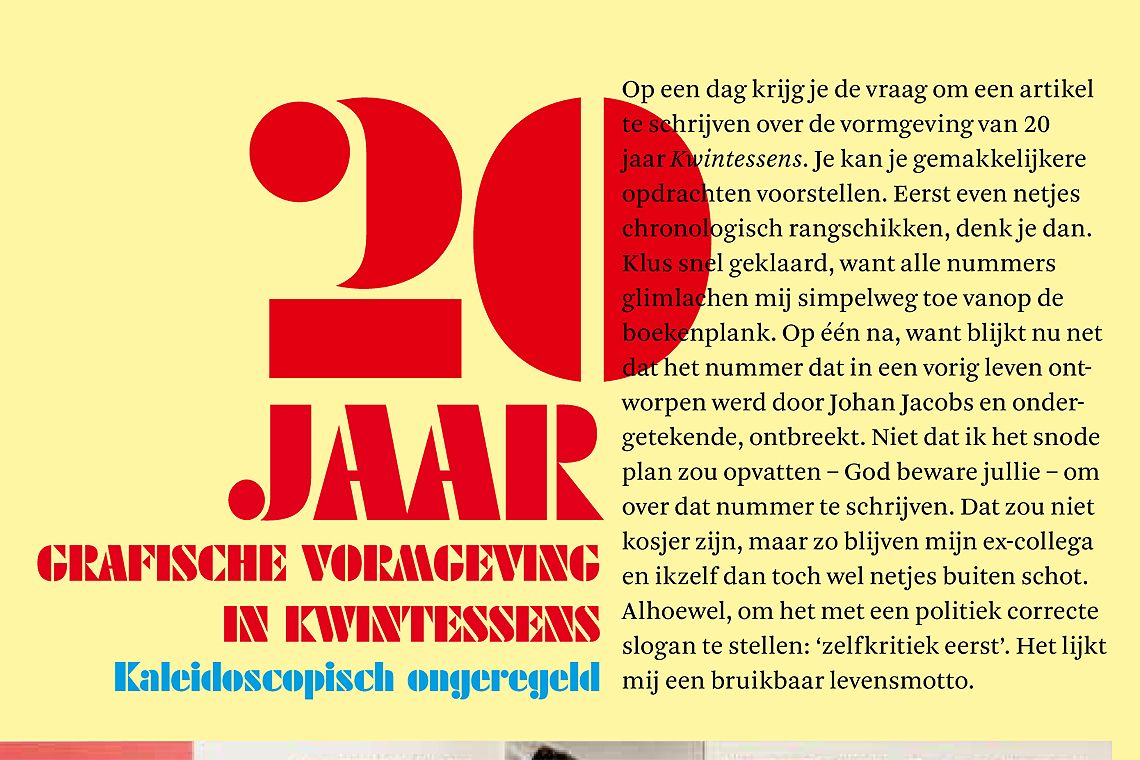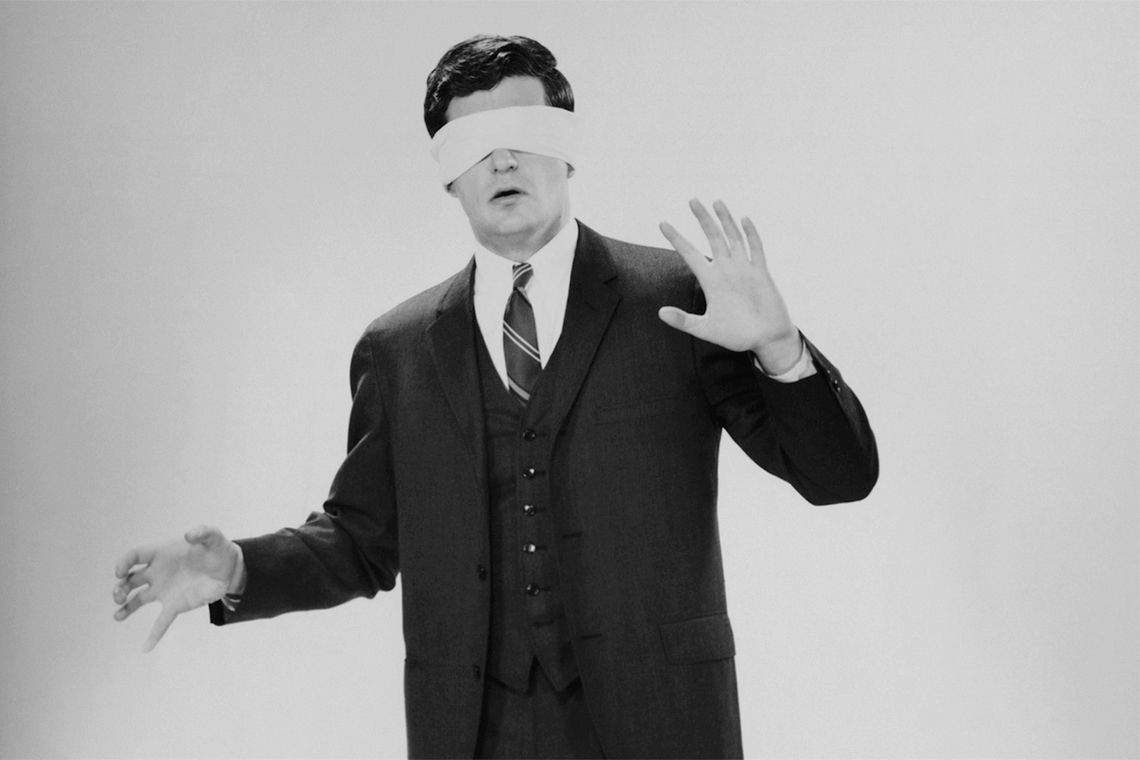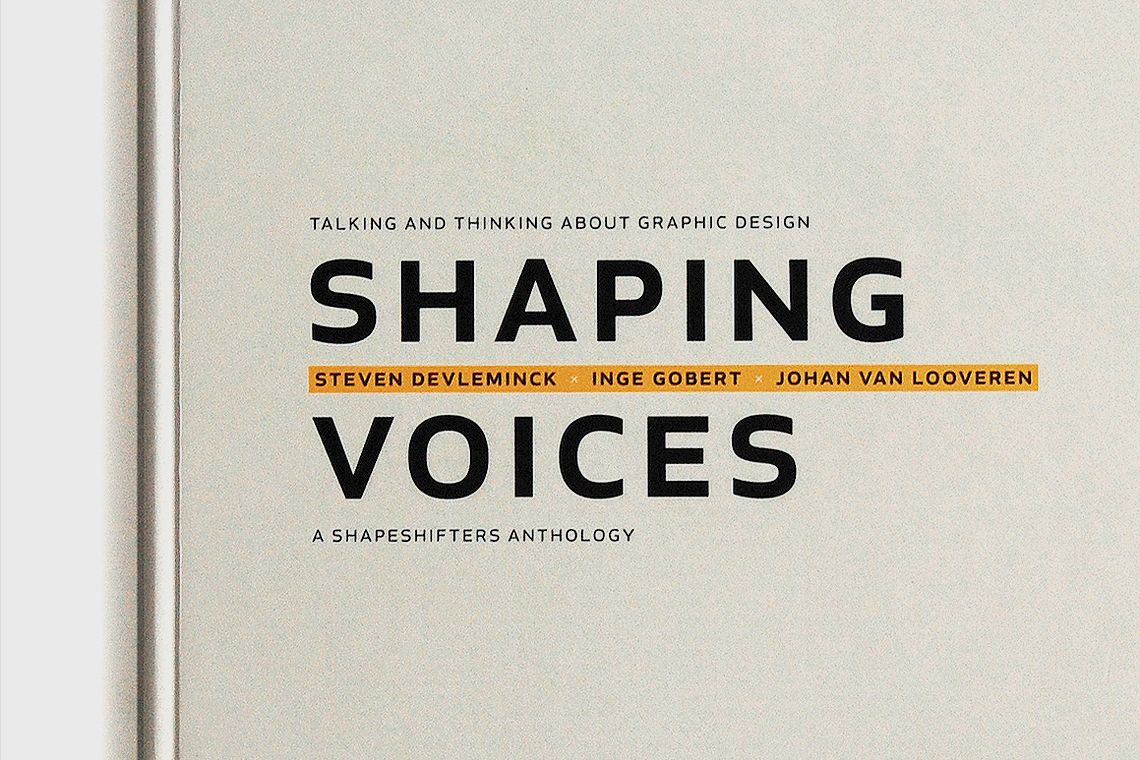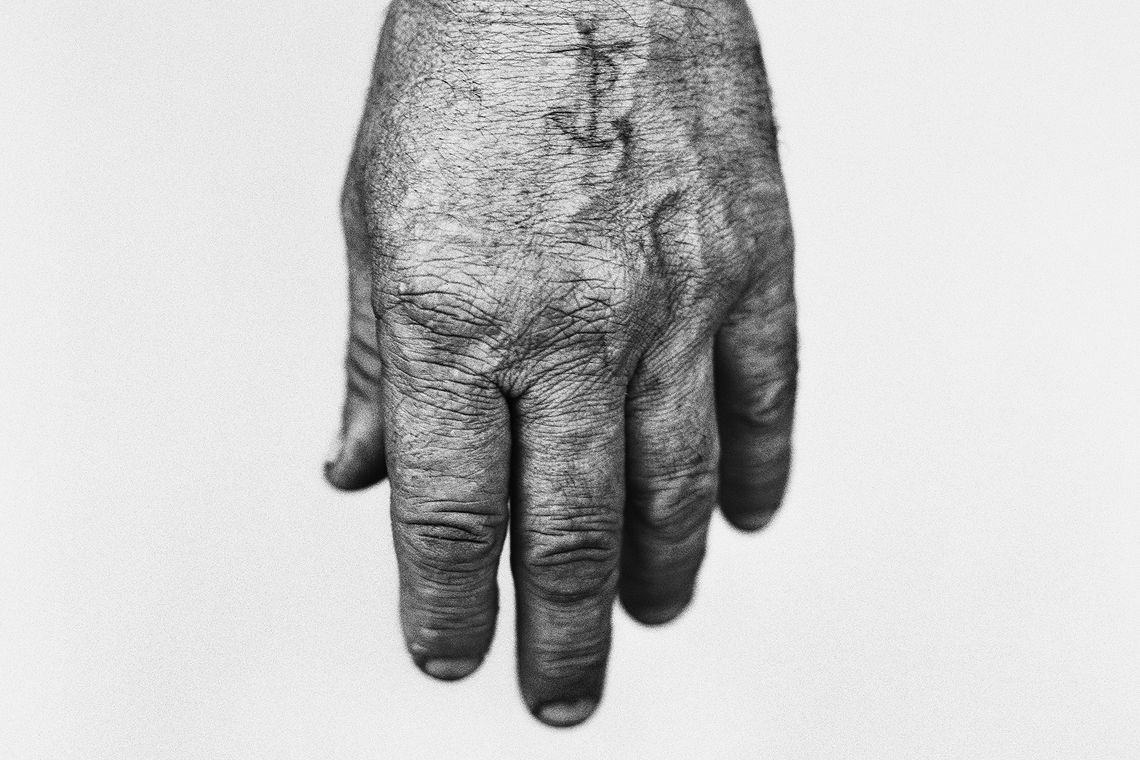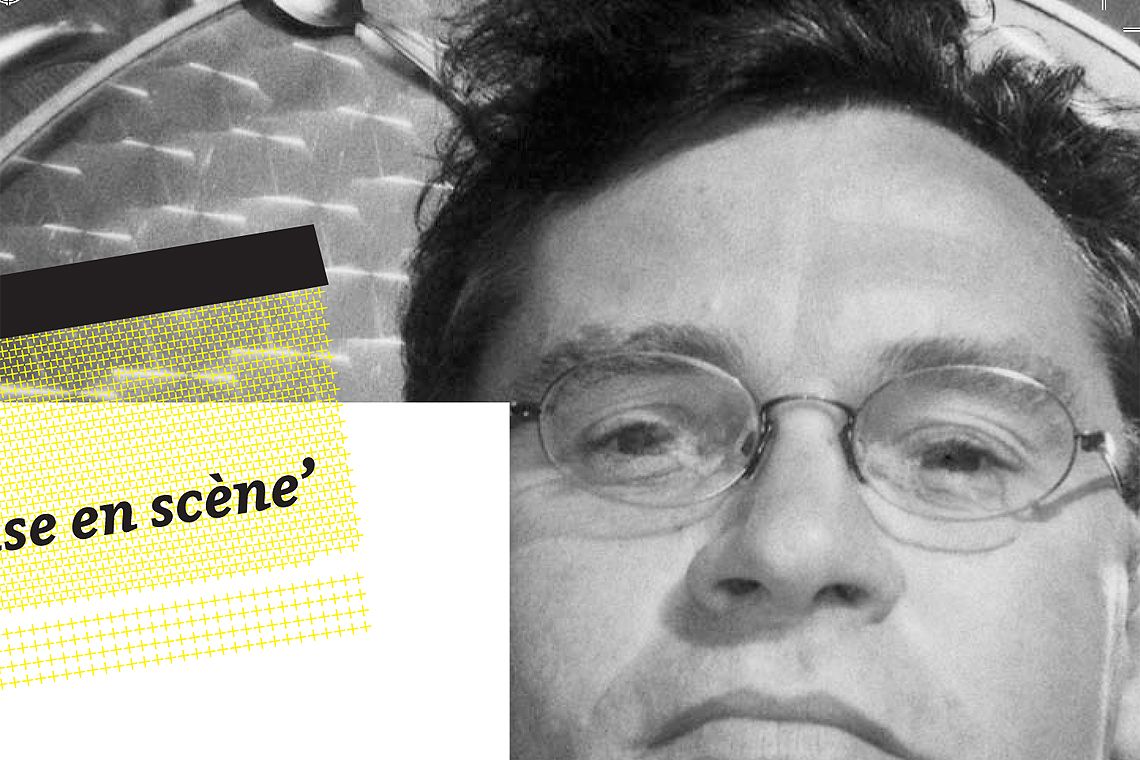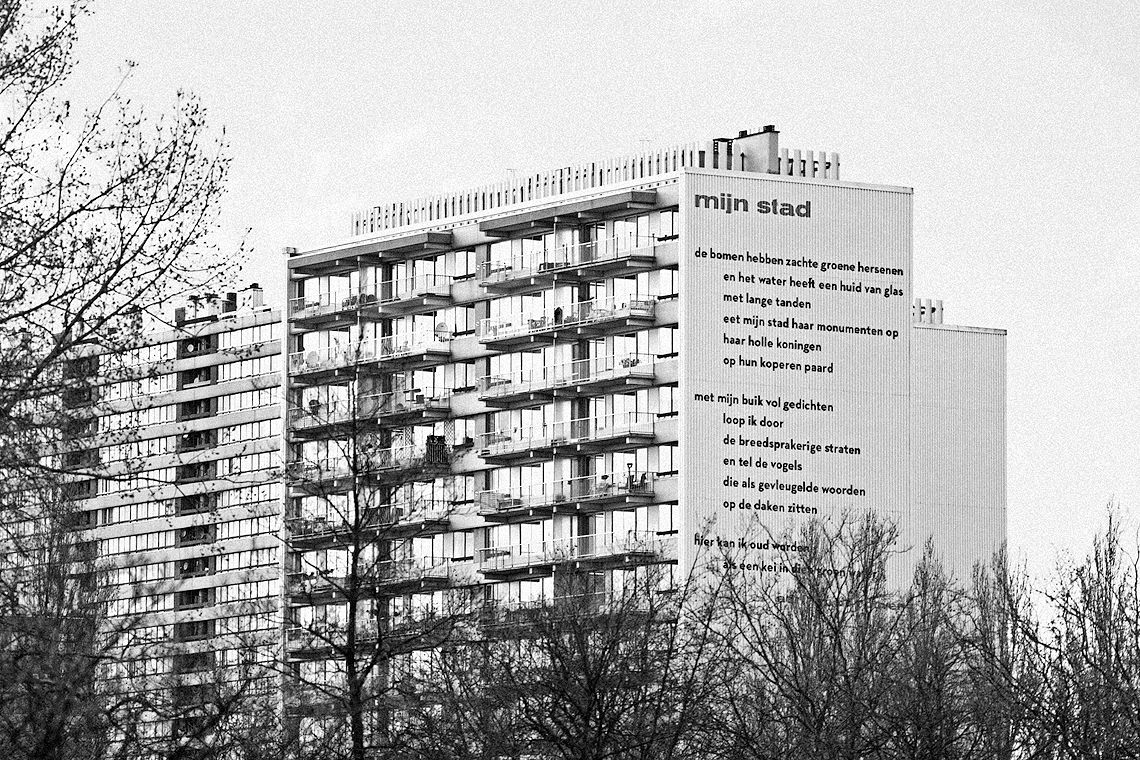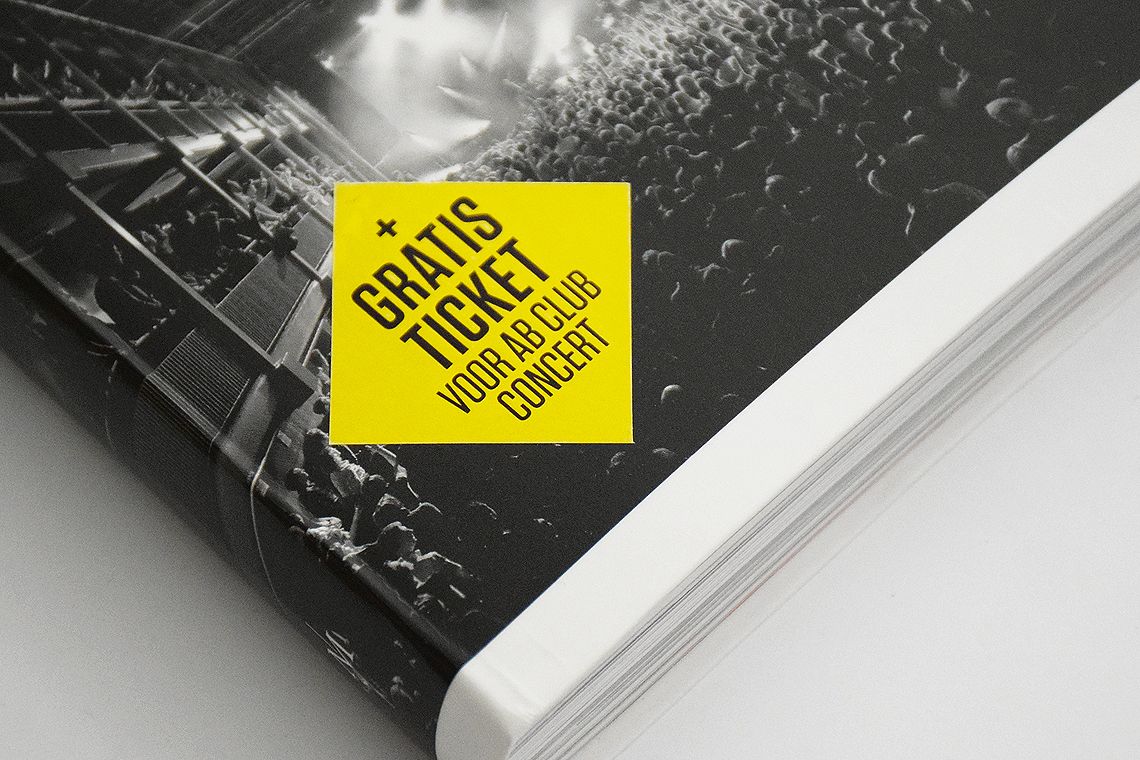Between creativity and criminality. The art and design of civil domains.
During Integrated2015, cultural philosopher Lieven De Cauter told the public to go and take a hike with his closing act entitled 'Fuck Format', a clenched quote for which he didn’t even require 140 characters. De Cauter was referring not only to the tyranny of the concept an sich, but also to how our way of thinking is being indoctrinated by predefined and fossilized paradigms and world views. Like the TINA slogan: 'There is no alternative.' In other words: vote, shut up and endure.
Nevertheless, despite what populists would like us to believe, there are alternative and possibly even more radical 'groundswells of opinion' are noticeable, not seldom artistically inspired. Citizen initiatives, for instance, occupy an increasingly significant place in society. These are movements that emerge because an authority has (still) not developed a policy for them or because a market has (still) not seen the point of them and is therefore waiting. This civil terrain, also called the 'commons', occupies as it were a third space between market and state, and it does so under various guises (mental, physical and virtual), and that’s why it also often finds itself in a grey zone between legality and illegality. Because whoever launches a citizen initiative or claims civil rights doesn’t yet know whether they will be agreed to or not. Will an authority accept and regulate them, or will it work against these initiatives, sabotage them or even criminalize them? To be clear: civil actions are not simply criminal, but they precede the distinction between legality and illegality. That’s why it also always involves risky behaviour. The civilian who sticks his neck out, demands something new or sets up an organization puts himself on the line and runs the risk of never being recognized and even of never achieving his social position or losing it for good. It thus requires courage, and the social media also play a crucial role in this everyday struggle, for better or worse. Because online sharing is often synonymous with online lynching.
Integrated2017 wishes to explore and shed light on the dynamics of this border area. Because citizen initiatives (whether individual or collective) not only make abundant use of design and artistic strategies as well as technology to boost their ideas, but they are also often initiated by designers, artists and architects. In Spain, for instance, the architects of Recetas Urbanas 'illegally' built a school on forbidden land, but where the population 'legally' needs it. In Croatia, DJs, theatre-makers and visual artists have taken the initiative to challenge the construction of a shopping centre and to block the privatization of motorways. In Belgium, Hart Boven Hard rests in part on the cultural sector, and ethical hackers can make hidden facts public on a global scale. …
Read more by downloading the pdf.
Info
The manifesto announcing the Integrated2017 international art & design conference. Written by Pascal Gielen (professor of cultural sociology at the University of Antwerp) in collaboration with Hugo Puttaert. Published online at integratedconf.org. Language: English & Dutch.
download pdf
